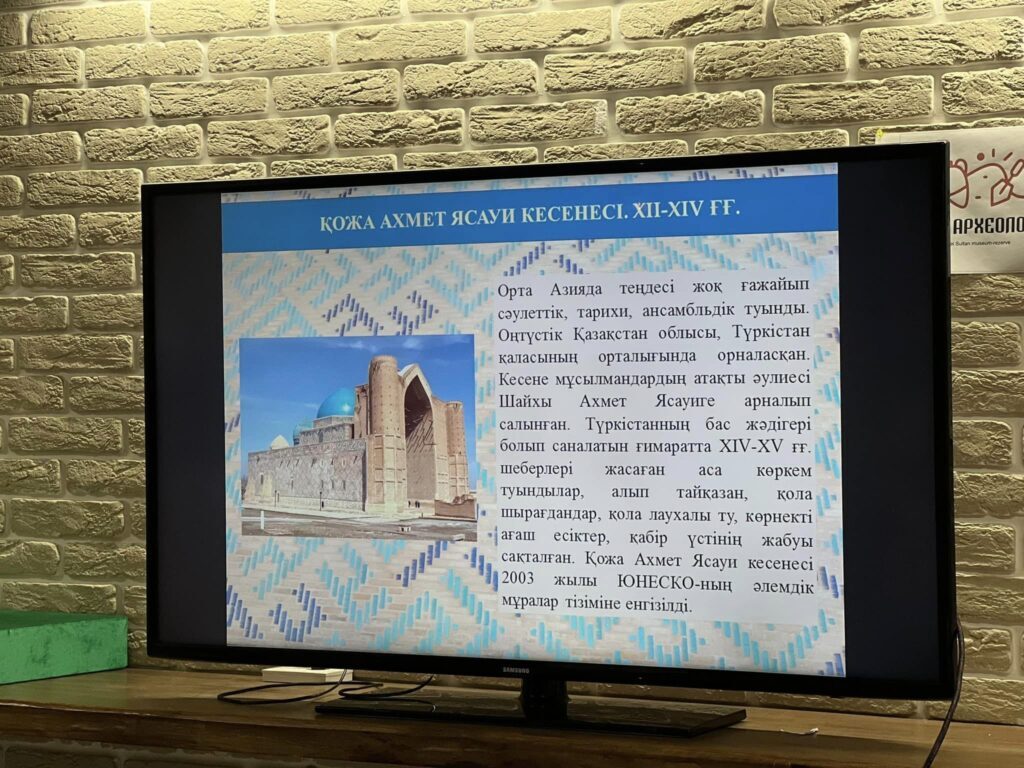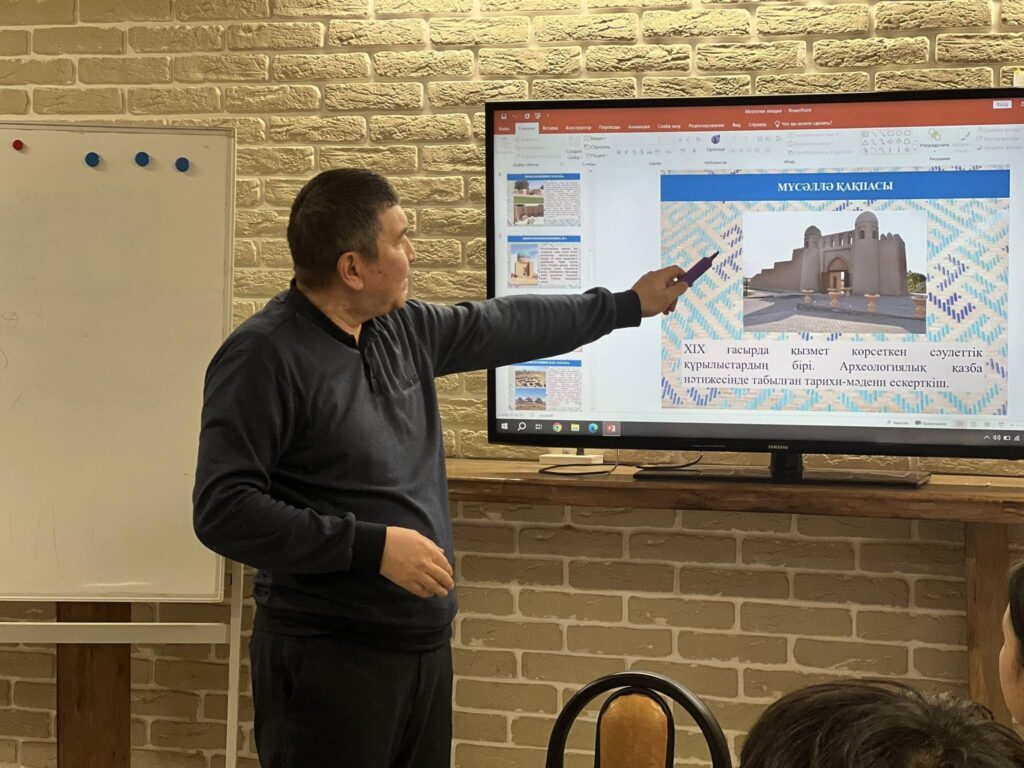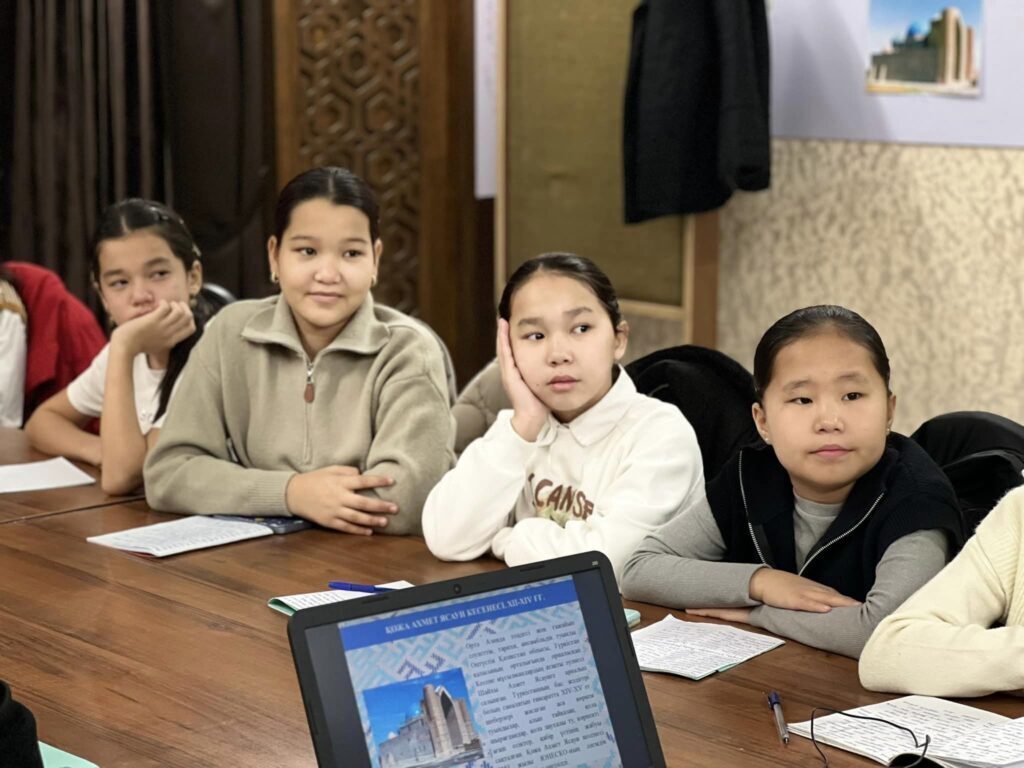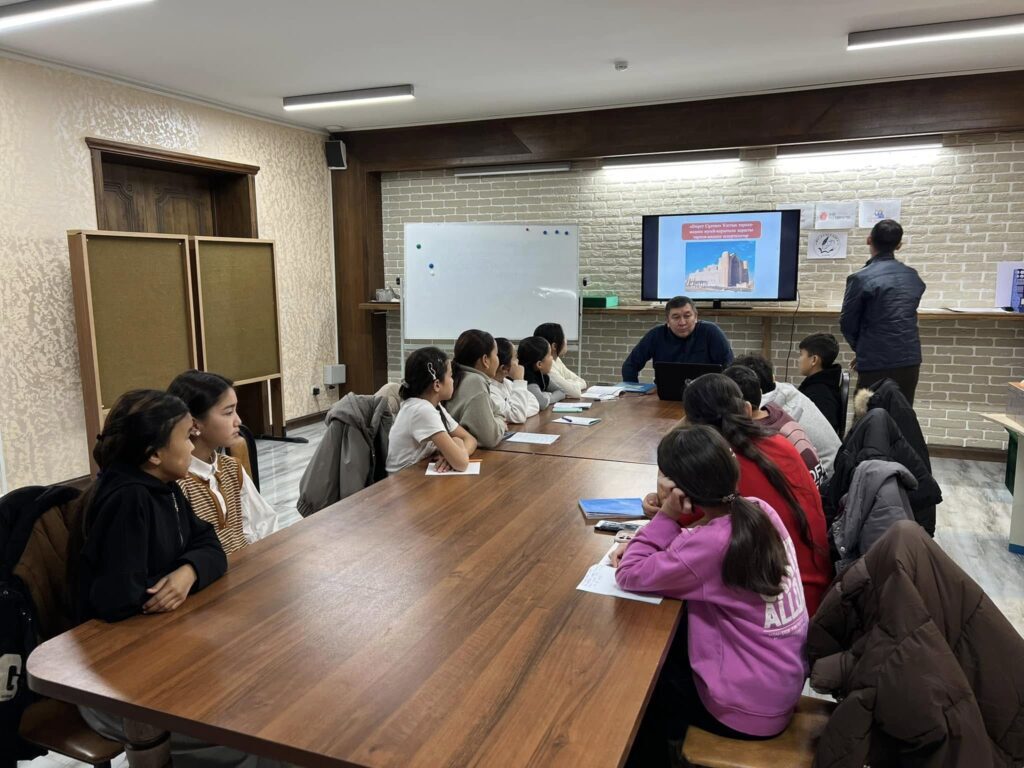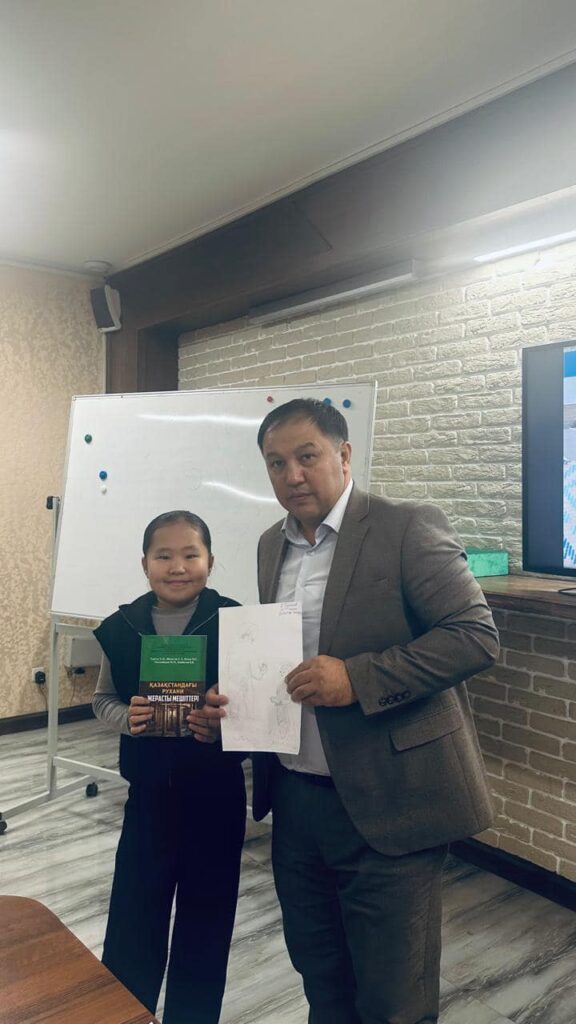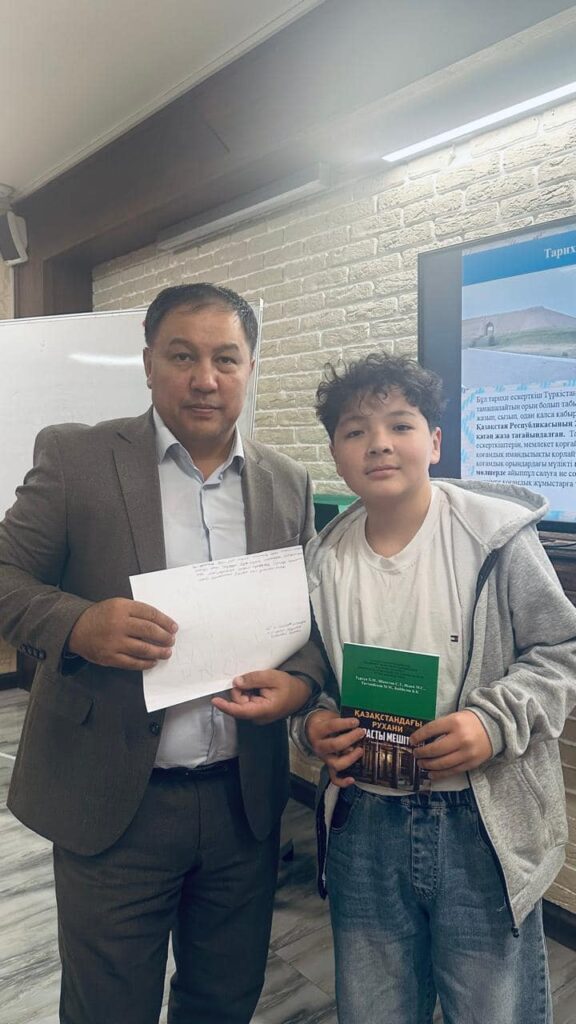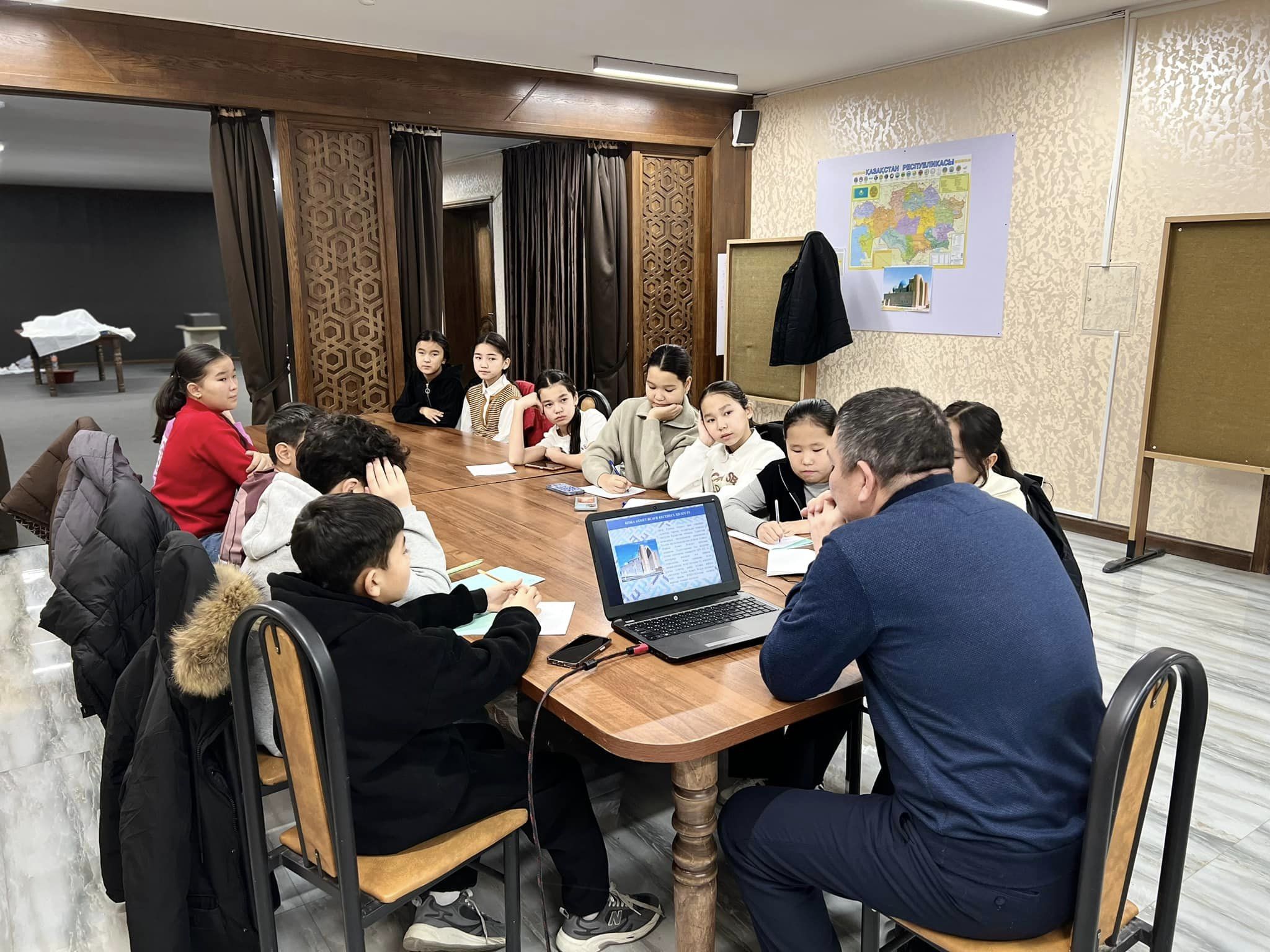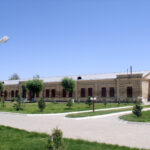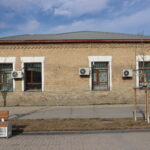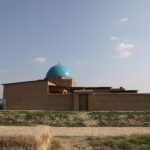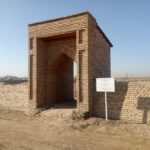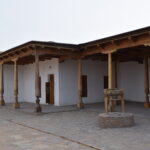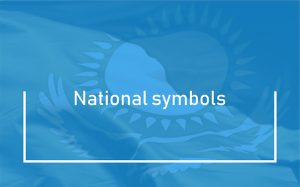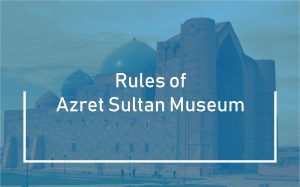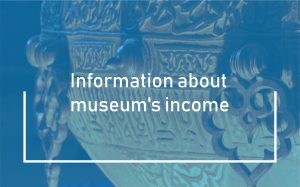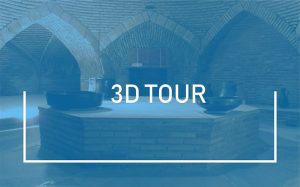Around 60 school students are currently studying at the “Yassawi Studies” club, established under the “Azret Sultan” National Historical and Cultural Museum-Reserve.
The main goal of the club is to introduce and promote the legacy of Khoja Ahmed Yassawi, who played a pivotal role in shaping the spiritual unity of the Kazakh people, and to instill moral values and spiritual education in the younger generation.
In collaboration with school teachers, the “Yassawi Studies” club has developed an annual calendar-thematic plan and conducts two lectures per month according to the schedule. The lectures are organized by the scientific staff of the museum-reserve.
Today’s session was conducted by S. Salkhodzhaev, an inspector from the Department of Protection and Accounting of Historical and Cultural Monuments, on the topic “Historical Monuments of the Region.” Separate schedules were prepared for students attending morning and afternoon classes, with the lecturer holding two sessions in one day.
The lecturer began by reviewing the previous lesson before transitioning to the new topic. Each session is planned to last 45 minutes. At the end of the lesson, assignments were given to the students, and the top three students who excelled in illustrating legends and tales during the previous session were recognized. The winners included:Esenalymurat Karakat, a 6th-grade student from the Damu Boarding School, for her illustration “Amanat Kurmasy.”Imanbai Almas, a 7th-grade student from M. Poshanov General Education School, for his illustration “Khoja Ahmed Yassawi’s First Miracle,Amantur Ulkausar, a 7th-grade student from M. Poshanov General Education School, for her illustration “Amanat Kurmasy.”
The head of the Scientific Research Department, B. Baibolov, awarded the outstanding students with books published as part of the museum’s scientific projects.
The next session of the “Yassawi Studies” club is scheduled for December 4 of this year. The lecture, titled “Artifacts Gifted to the Khoja Ahmed Yassawi Mausoleum” (Lauha, Taykazan), will be delivered by the museum’s scientific staff member, S. Shametov.
Berik Kystaubayuly,
Head of Department
